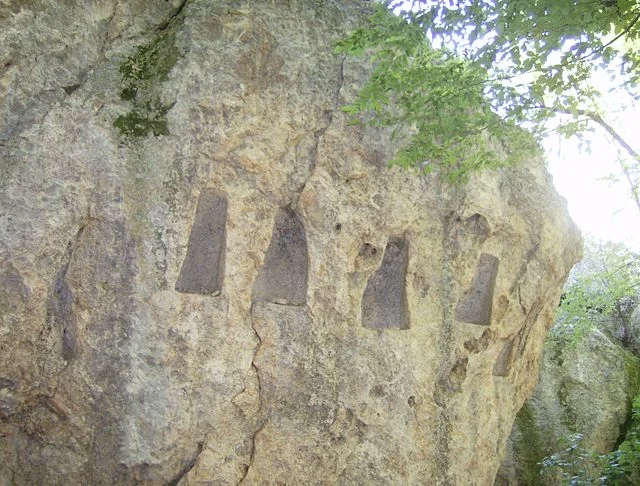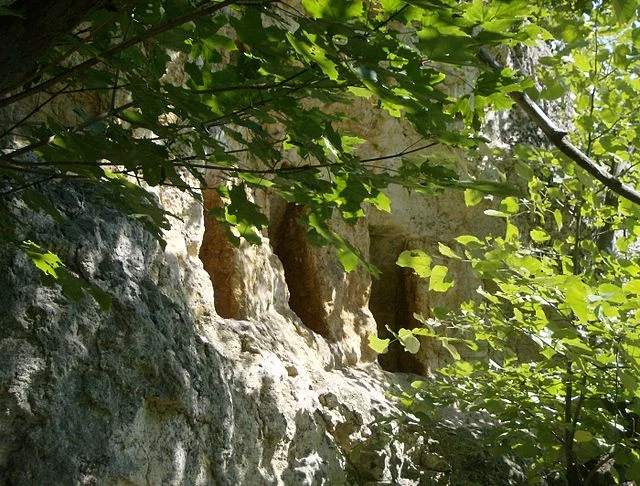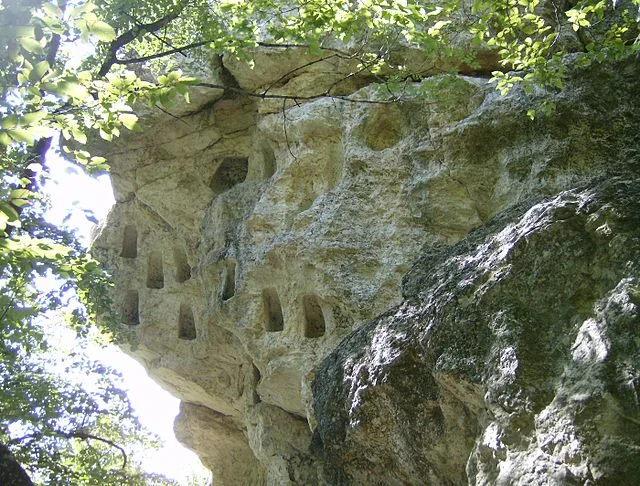The Deaf Stones, known as “Les Pierres des Sourds” in French, are a series of ancient megalithic structures located in Brittany, France. These stones date back to the Neolithic period, around 4500 to 2000 BC. They are part of the rich prehistoric heritage found throughout Brittany, which includes many similar structures such as menhirs, dolmens, and stone circles.
Get your dose of History via Email
Location and Significance

The Deaf Stones are located in the commune of Saint-Just, in the Ille-et-Vilaine department of Brittany. This region is well-known for its concentration of prehistoric sites. These structures are thought to have served both religious and burial purposes during the Neolithic era. Their positioning and alignment may also suggest that they had an astronomical significance, though this remains speculative.
The Structure of the Stones

The Deaf Stones are composed of several large upright stones, or menhirs, that are arranged in a circular formation. Some of these stones are over two meters in height. Archaeological studies suggest that these stones were quarried and transported over significant distances, which indicates advanced knowledge of stoneworking and construction techniques by the prehistoric people of the region.
Archaeological Studies
Excavations around the Deaf Stones have revealed a variety of artifacts, including pottery fragments, stone tools, and human remains. These findings suggest that the site was used for both ritualistic and funerary practices. Radiocarbon dating of the surrounding materials has helped establish the timeline of use, placing it in the late Neolithic period.
Interpretation of the Name

The origin of the name “Deaf Stones” is unclear. Some local legends suggest that the stones were so named because they are “silent” or “deaf” to the world, standing immovable through the ages. However, there is no definitive explanation, and the name may simply be a modern interpretation.
Conclusion
The Deaf Stones are a significant part of Brittany’s prehistoric landscape. Their importance lies not only in their physical presence but also in the insight they provide into the beliefs and practices of Neolithic societies. Ongoing archaeological research continues to uncover new information about these fascinating structures, helping us better understand the ancient world.
Source:

